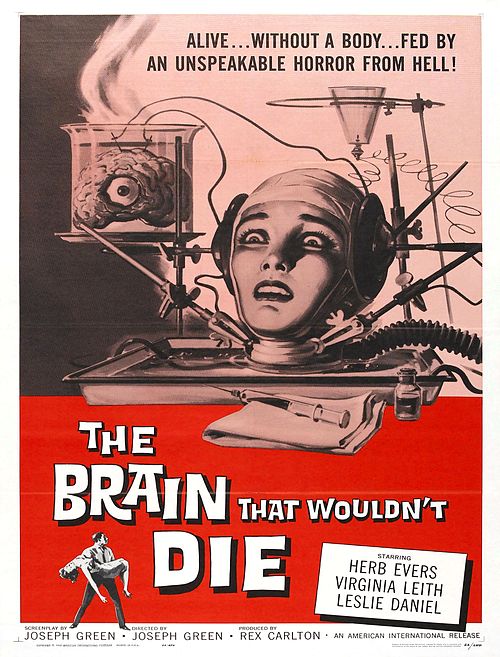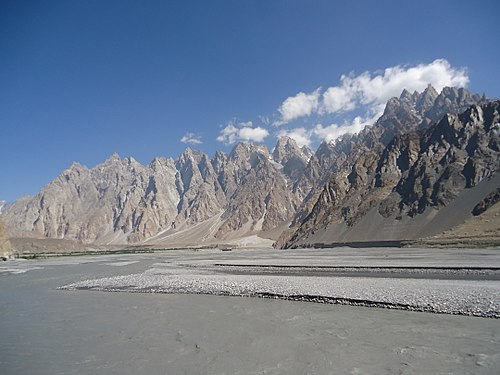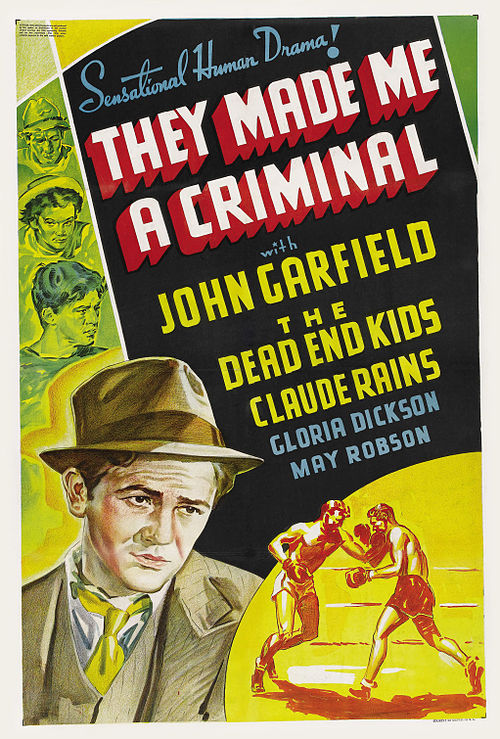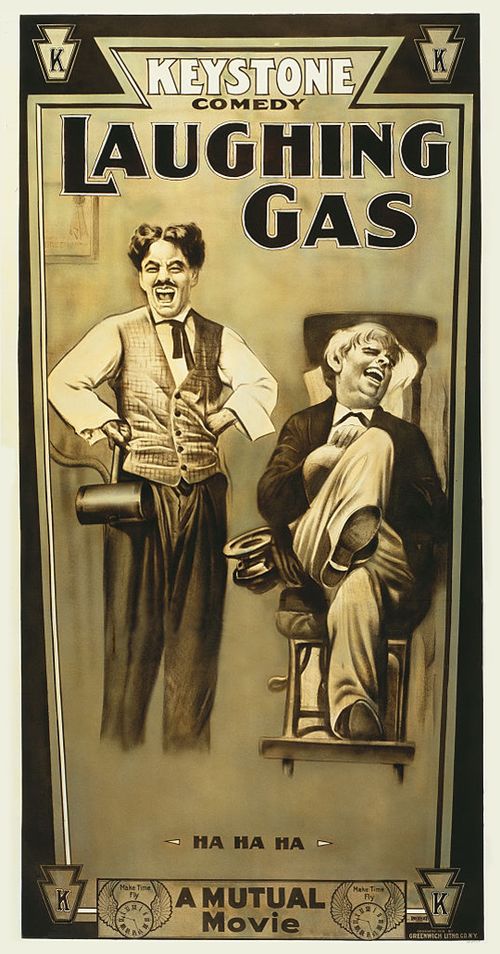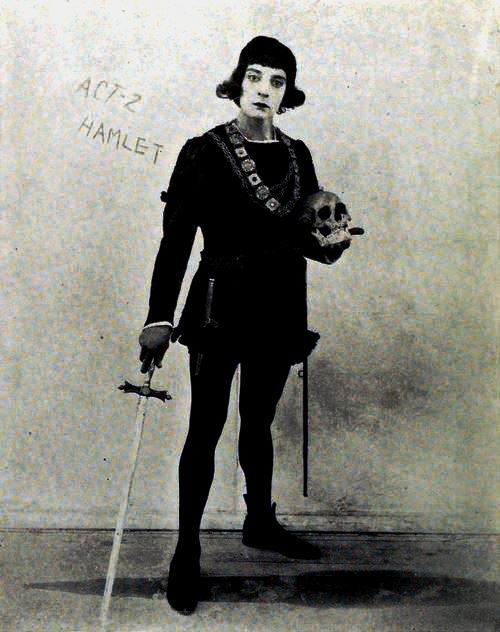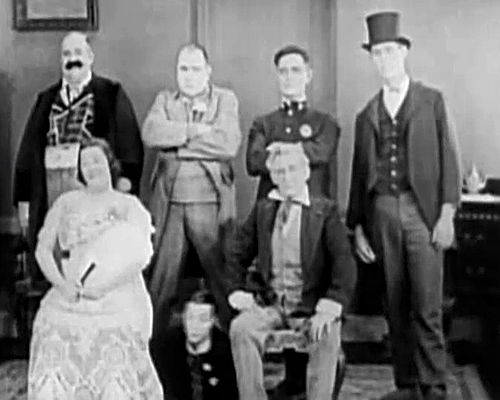Advertisement
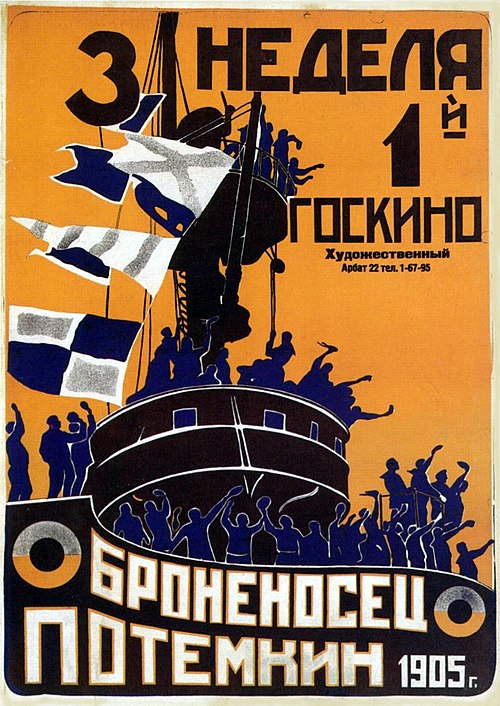
Image source: Wikimedia Foundation (wikimedia.org)
Download Movie [Video Format: MP4]
Movie Source: Internet Archive (archive.org)
Advertisement
Advertisement
Other Versions of this Movie
Battleship Potemkin
1925
Considered one of the most important films in the history of silent pictures, as well as possibly Eisenstein's greatest work, Battleship Potemkin brought Eisenstein's theories of cinema art to the world in a powerful showcase; his emphasis on montage, his stress of intellectual contact, and his treatment of the mass instead of the individual as the protagonist. The film tells the story of the mutiny on the Russian ship Prince Potemkin during the 1905 uprising.
File:Броненосец «Потёмкин», noaudio.ogv
Battleship Potemkin (, ), sometimes rendered as Battleship Potyomkin, is a 1925 silent film directed by Sergei Eisenstein and produced by Mosfilm. It presents a dramatized version of the mutiny that occurred in 1905 when the crew of the Russian battleship Potemkin rebelled against their officers of the Tsarist regime.
Battleship Potemkin has been called one of the most influential propaganda films of all time,< name=review1></> and was named the List of films considered the best at the Expo 58 in 1958.< name=EbertFest></><></>
Plot
The film is set in June 1905; the protagonists of the film are the members of the crew of the Russian battleship Potemkin, a battleship of the Imperial Russian Navy's Black Sea Fleet. Eisenstein divided the plot into five acts, each with its own title:=Act I: People and worms=
The scene begins with two sailors, Matyushenko and Vakulinchuk (Aleksandr Antonov (actor)), discussing the need for the crew of the Potemkin to support the revolution taking place within Russia. While the Potemkin is anchored off the island of Tendra, off-duty sailors are sleeping in their bunks. As an officer inspects the quarters, he stumbles and takes out his aggression on a sleeping sailor. The ruckus causes Vakulinchuk to awake, and he gives a speech to the men as they come to. Vakulinchuk says, "Comrades! The time has come when we too must speak out. Why wait? All of Russia has risen! Are we to be the last?" The scene cuts to morning above deck, where sailors are remarking on the poor quality of the meat for the crew. The meat appears to be rotten and covered in worms, and the sailors remark that "even a dog wouldn't eat this!" The ship's doctor, Smirnov, is called over to inspect the meat by the captain. Rather than worms, the doctor says that the insects are maggots, and they can be washed off prior to cooking. The sailors further complain about the poor quality of the rations, but the doctor declares the meat edible and ends the discussion. Senior officer Giliarovsky forces the sailors still looking over the rotten meat to leave the area, and the cook begins to prepare borscht although he too questions the quality of the meat. The crew uses to eat the borscht, instead choosing bread and water, and canned goods. While cleaning dishes, one of the sailors sees an inscription on a plate, which reads "give us this day our daily bread." After considering the meaning of this phrase, the sailor smashes the plate and the scene ends.=Act II: Drama on the deck=
All those who use the meat are judged guilty of insubordination and instantly brought to the edge of the bridge where they receive religious rites reserved for death row inmates. In front of the firing squad none of them show remorse, convinced that what they are doing is right. The captain gave the order to open fire, but the soldiers in the firing squad lower their guns and the uprising begins. The sailors are poorly armed but outnumber the officers, which allows them to also take control of the ship. The officers are killed and the doctor is thrown into the water.=Act III: The dead man calls out=
The mutiny is successful but many of the sailors are killed in battle, including Vakulinčuk, the charismatic leader of the rebels who took possession of the ship. The Potemkin arrives at the port of Odessa. Vakulincuk's body is taken ashore and displayed publicly by his companions in a tent with a sign on his chest that says "Dead for a spoonful of soup." The sailors gather to make a final farewell and praise Vakulinčuk as a hero. The people of Odessa welcome the sailors, but they attract the attention of the Tsarist police.=Act IV: The Odessa steps=
The Cossack host of the Tsar arrive at Odessa in retaliation and march toward the unarmed crowd with their rifles. The people run away, but the Cossacks shoot men, women, and defenseless children. The scene has become famous: the soldiers are only shown through details that make them impersonal, inflexible (their boots marching and stomping the victims, their guns firing), while the people of Odessa fall in extremely violent ways. The soldiers show no sign of wanting to stop the massacre. The sailors of the Potemkin then decide to shoot at them with the guns of the battleship. Meanwhile, there is news that a fleet of ships in the harbor of the Tsar is coming to quell the revolt of Potemkin.=Act V: One against all=
The sailors of the Potemkin decide to go all the way and lead the battleship from the port of Odessa to face the fleet of the Tsar. Just when the battle seems inevitable, the sailors of the Tsarist ships incredibly use to open fire on their comrades, externalizing with songs and shouts of joy their solidarity with the mutineers and allowing them to pass unmolested through the fleet, waving the Red flag (politics).Cast
- Aleksandr Antonov (actor) — Grigory Vakulinchuk (Bolshevik sailor)
- Vladimir Barsky — Commander Golikov
- Grigori Aleksandrov — Chief Officer Giliarovsky
- Ivan Bobrov — Young sailor flogged while sleeping (as I. Bobrov)
- Mikhail Gomorov — Militant sailor
- Aleksandr Levshin — Petty Officer
- N. Poltavseva — Woman with pince-nez
- Konstantin Feldman — Student agitator
- Beatrice Vitoldi — Woman with the baby carriage
Film style and content
The film is composed of five episodes:- "Men and Maggots" (Люди и черви), in which the sailors protest at having to eat rotten meat;
- "Drama on the Deck" (Драма на тендре), in which the sailors mutiny and their leader, Vakulinchuk, is killed;
- "A Dead Man Calls for Justice" (Мёртвый взывает) in which Grigory Vakulinchuk body is mourned over by the people of Odessa;
- "The Potemkin Stairs" (Одесская лестница), in which Tsarist soldiers massacre the Odessans.
- "The Rendezvous with the Squadron (naval)" (Встреча с эскадрой), in which the squadron tasked with intercepting the Potemkin instead declines to engage; lowering their guns, its sailors cheer on the rebellious battleship and join the mutiny.
Eisenstein's experiment was a mixed success; he "was disappointed when Potemkin failed to attract masses of viewers",<></> but the film was also released in a number of international venues, where audiences responded positively. In both the Soviet Union and overseas, the film shocked audiences, but not so much for its political statements as for its use of violence, which was considered graphic by the standards of the time.</> The film's potential to influence political thought through emotional response was noted by Nazi propaganda minister Joseph Goebbels, who called Potemkin "a marvelous film without equal in the cinema ... anyone who had no firm political conviction could become a </> The film was not banned in Nazi Germany, although Heinrich Himmler issued a directive prohibiting Schutzstaffel members from attending screenings, as he deemed the movie inappropriate for the troops. p. 24</> It is, however, based on the fact that there were widespread demonstrations in the area, sparked off by the arrival of the Potemkin in Odessa Harbour, and both The Times and the resident British Consul reported that troops fired on the crowds with accompanying loss of life (the number of casualties is unrecorded).</>
=Treatment in other works of art=
File:Nurse Battleship Potemkin.jpg called this The Battleship Potemkin image a catalyst for his work.}}}File:Untitled (Crowd 1), 1992.jpg paid tribute to the Odessa Steps shot in his series "City Of Shadows". Saint Petersburg, 1991.}}}
The scene is perhaps the best example of Eisenstein's theory on montage, and many films pay homage to the scene, including Terry Gilliam's Brazil (1985 film), Francis Ford Coppola's The Godfather,< name="denofgeek"></> Brian De Palma's The Untouchables (1987 film),</>
The Russian born photographer and artist Alexey Titarenko paid tribute to the Odessa Steps shot in his series "City Of Shadows" (1991–1993) by using crowd of desperate people on the stairs near the subway station in Saint Petersburg to demonize the Soviet regime and as a symbol of human tragedy.</> until 1978), France, and other countries for its revolutionary zeal.
Today the film is widely available in various DVD editions. In 2004 a three-year restoration of the film was completed. Many excised scenes of violence were restored, as well as the original written introduction by Trotsky. The previous titles, which had toned down the mutinous sailors' revolutionary rhetoric, were corrected so that they would now be an accurate translation of the original Russian titles.
Soundtracks
To retain its relevance as a propaganda film for each new generation, Eisenstein hoped the score would be rewritten every 20 years. The original score was composed by Edmund Meisel. A salon orchestra performed the Berlin premiere in 1926. The instruments were flute/piccolo, trumpet, trombone, harmonium, percussion and strings without viola. Meisel wrote the score in twelve days because of the late approval of film censors. As time was so short Meisel repeated sections of the score. Composer/conductor Mark-Andreas Schlingensiepen has reorchestrated the original piano score to fit the version of the film available today.Nikolai Kryukov composed a new score in 1950 for the 25th anniversary. In 1985 Chris Jarrett composed a solo piano accompaniment for the movie. In 1986 Eric Allaman wrote an electronic score for a showing that took place at the 1986 Berlin Film Festival. The music was commissioned by the organizers, who wanted to commemorate the 60th anniversary of the film's German premiere. The score was played only at this premiere and has not been released on CD or DVD. Contemporary reviews were largely positive apart from negative comment because the music was electronic. Allaman also wrote an opera about Battleship Potemkin, which is musically separate from the film score.
In its commercial format, on DVD for example, the film is usually accompanied by classical music added for the 50th anniversary edition re-released in 1975. Three symphonies from Dmitri Shostakovich have been used, with No. 5 beginning and ending the film, being the most prominent.
In 2007 Del Rey & The Sun Kings also recorded this soundtrack. In an attempt to make the film relevant to the 21st century, Neil Tennant and Chris Lowe (of the Pet Shop Boys) composed a soundtrack in 2004 with the Dresden Symphonic Orchestra. Their soundtrack, released in 2005 as Battleship Potemkin (album), premiered in September 2004 at an open-air concert in Trafalgar Square, London. There were four further live performances of the work with the Dresdner Sinfoniker in Germany in September 2005 and one at the Swan Hunter ship yard in Newcastle upon Tyne in 2006.
The avant-garde jazz ensemble Club Foot Orchestra has also re-scored the film, and performed live accompanying the film. For the 2005 restoration of the film, under the direction of Enno Patalas in collaboration with Anna Bohn, released on DVD and Blu-ray, the Deutsche Kinemathek - Museum fur Film und Fernsehen, commissioned a re-recording of the original Edmund Meisel score, performed by the Babelsberg Orchestra, conducted by Helmut Imig. In 2011 the most recent restoration was completed with an entirely new soundtrack by members of the Apskaft group. Contributing members were AER20-200, awaycaboose, Ditzky, Drn Drn, Foucault V, fydhws, Hox Vox, Lurholm, mexicanvader, Quendus, Res Band, -Soundso- and speculativism. The entire film was digitally restored to a sharper image by Gianluca Missero (who records under the name Hox Vox). The new version is available at the Internet Archive https://archive.org/details/ApskaftPresentsTheBattleshipPotemkin.
Critical reaction
Battleship Potemkin has received universal acclaim from critics. On review aggregate website Rotten Tomatoes, the film holds an overall 100% "Certified Fresh" approval rating based on 44 reviews, with a rating average of 9.1 out of 10. The site's consensus reads, "A technical masterpiece, Battleship Potemkin is Soviet cinema at its finest, and its montage editing techniques remain influential to this day."<></> Since its release, Battleship Potemkin has often been cited as one of the finest propaganda films ever made and considered amongst the greatest films of all time.</>In 2007, a two-disc, restored version of the film was released on DVD. Time (magazine) magazine's Richard Corliss named it one of the Top 10 DVDs of the year, ranking it at #5. It ranked #3 in s "The 100 Best Films Of World Cinema" in 2010.<>
</> In April 2011, Battleship Potemkin was re-released in UK cinemas, distributed by the British Film Institute. On its re-release, Total Film magazine gave the film a five-star review, stating: "...nearly 90 years on, Eisenstein’s masterpiece is still guaranteed to get the pulse racing."<></>
See also
Notes
Category:1925 films
Category:Black-and-white films
Category:Epic films
Category:Films about mutinies
Category:Films about the 1905 Russian Revolution
Category:Seafaring films based on actual events
Category:Films directed by Sergei Eisenstein
Category:Films set in 1905
Category:Films set in Ukraine
Category:Mosfilm films
Category:Films set in Odessa
Category:Soviet films
Category:Soviet silent films
Category:Soviet revolutionary propaganda films
Category:Silent films
Sergei M. Eisenstein, Grigori Aleksandrov


